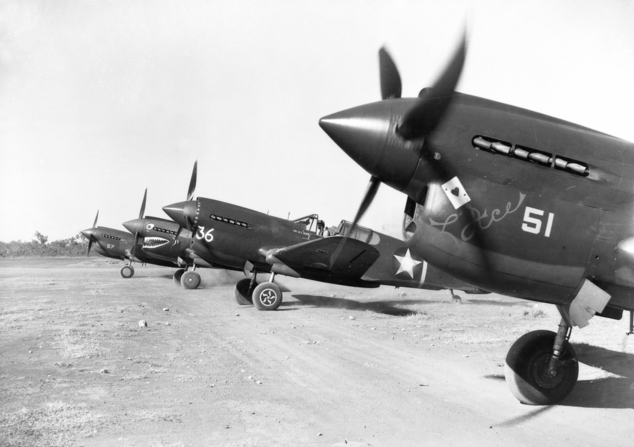FLYBOYJ
"THE GREAT GAZOO"
This is more due to power loading decay IMO. I've flown C150s, 152s and 172s at altitudes in excess in 10,000' (I live at 6000' MSL) and generally felt no difference in stall/ spin recovery at higher altitudes than I would a bit lower. Now when I visit friends who reside close to sea level and have an opportunity to fly with them, I notice the performance difference, especially on take off.I've got some time in a Victa Airtourer 100. When I did stalls for training, I was around 3,000 ft.
One day for giggles, my brother and I took it up to 10,000 ft. Due to its small wing area and 100 hp O-200, it has a rather poor climb rate. We got to 10,000 ft after a very long hour. ATC thought we were never going to make it.
Once we got their, we didn't know what to do - so with all the wisdom that a pair of teenagers could muster, we stalled it.
The stall was at the usual IAS, but bugger me it was different. Instead of the usual waffle and nose drop, it dropped a wing and despite almost instant full rudder to catch it - that wing kept going. It got past 90° very quickly. We eventually got right side up and wings level, but dropped a few thousand feet in the process.
Getting back to the question, any planes controls are less effective at altitude. The impact on the planes performance is likely related to the way wing loading and power loading decay with altitude.


